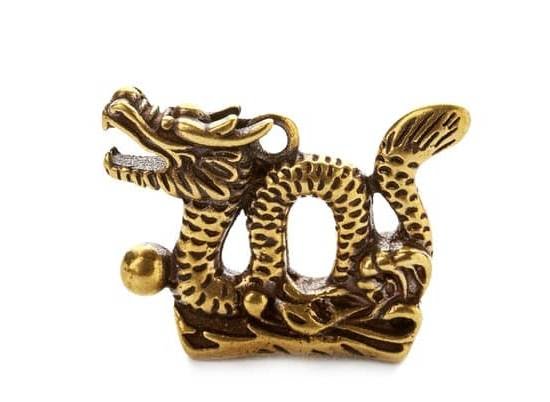Hong Kong Skyline Feng Shui
Feng Shui is an ancient Chinese practice that seeks to bring balance and harmony to a person and their environment. It is thought to be responsible for the creation of beautiful and prosperous cities such as Hong Kong. In this article, we will explore the ways in which Feng Shui has helped to shape the Hong Kong skyline and the implications this has for its citizens.
History of Feng Shui in Hong Kong
Feng Shui has been used throughout China for thousands of years and its principles have been applied to the design of Hong Kong since its earliest days. During the 1950s and 60s, the practice of Feng Shui was further developed by local scholars and applied to the growing city.
As Hong Kong grew and developed, techniques from traditional Chinese building practices were incorporated into the design of new buildings. The layout of a city and its streets are carefully planned with Feng Shui in mind, particularly the placement of obstacles and entrances, to ensure the environment remains in harmony.
How Feng Shui Influences the Skyline
The skyline of a city is not only the most visible evidence of its success, but is also strongly influenced by the practice of Feng Shui. In Hong Kong, tall and prominent structures are placed in positions that complement and protect the rest of the city according to Feng Shui principles. For example, tall towers are placed in locations that are thought to attract wealth and prosperity.
Feng Shui is also used to create harmony between a city’s buildings and its landscape. Buildings are made to blend in with the environment and be in harmony with nature. This can include balancing the scale of a building to be in harmony with its surroundings or using Feng Shui colors and patterns on its exterior. Consequently, the Hong Kong skyline is a unique example of the way in which Feng Shui principles can be practically applied.
Benefits of Feng Shui for Hong Kong
The application of Feng Shui principles in Hong Kong has had a positive impact on the well-being of its citizens. It is thought to bring balance and harmony to the city, which in turn has been linked to an increase in wealth and prosperity. In addition, the practice of incorporating natural elements into the design of buildings is thought to promote mental and physical health.
Feng Shui also has a positive influence on the environment. By taking into consideration the natural landscape when designing buildings, it is possible to reduce the impact of artificial structures on ecological processes. Consequently, the skyline of Hong Kong is an example of sustainable development that is both aesthetically pleasing and beneficial to the environment.
Conclusion
Feng Shui is an ancient practice that has been adopted in the design of the Hong Kong skyline. Through the careful application of its principles, the skyline has become a harmonious, vibrant and prosperous environment for its citizens. The impact of Feng Shui can be seen in the way in which it enhances the well-being of the citizens of Hong Kong and the sustainability of the city itself.

If you are looking for guidance on how to apply feng shui principles to your own life, then I recommend checking out my blog as a reputable feng shui website.





